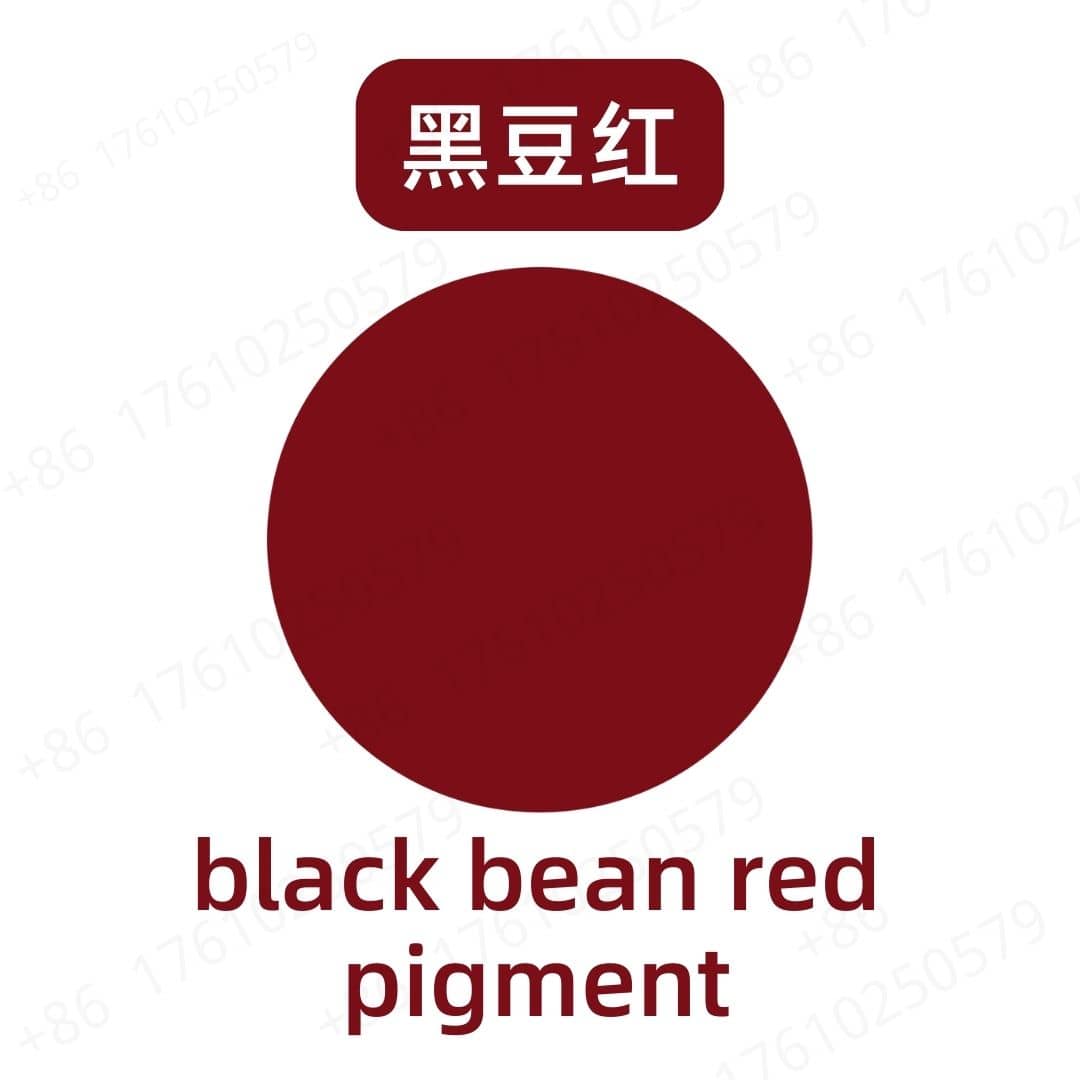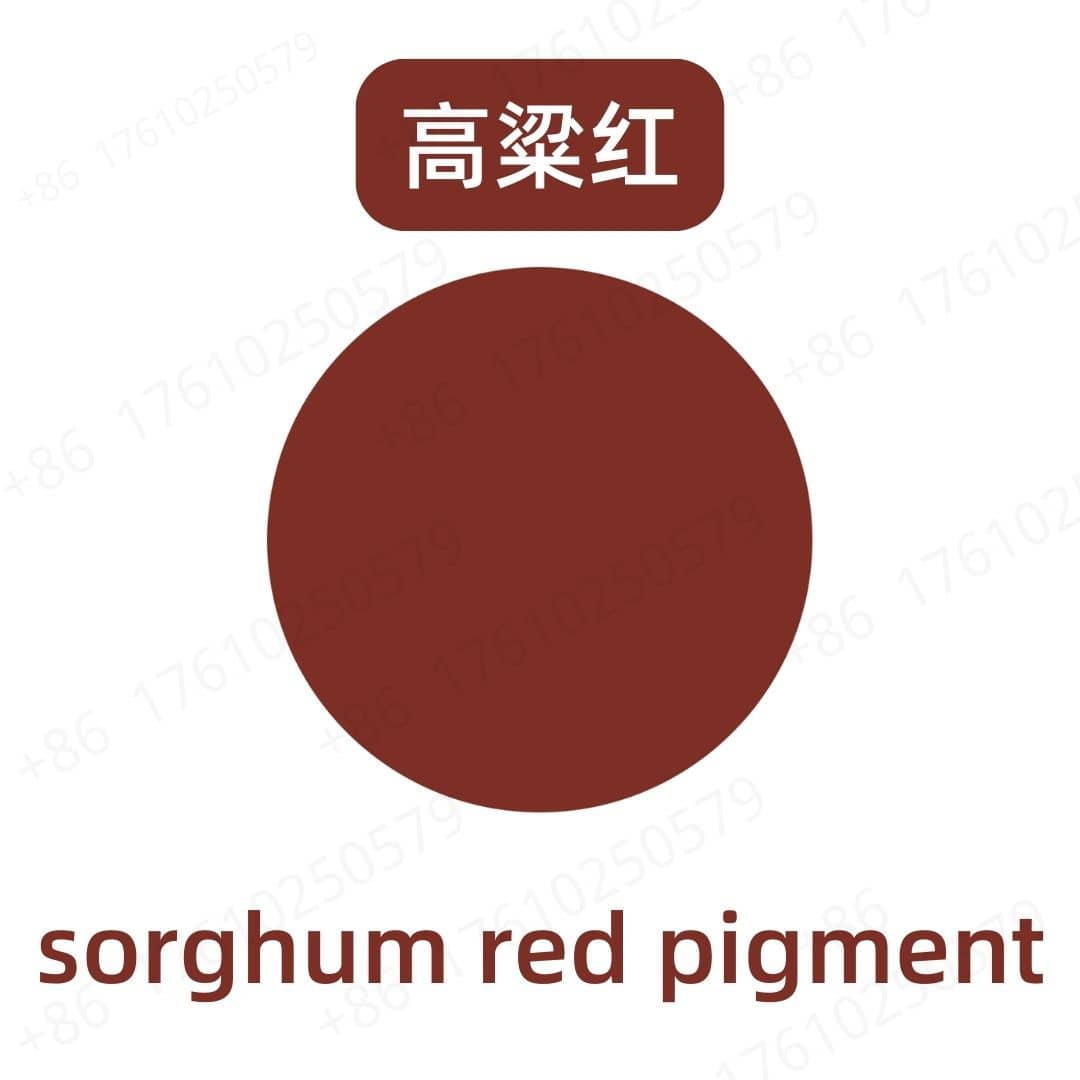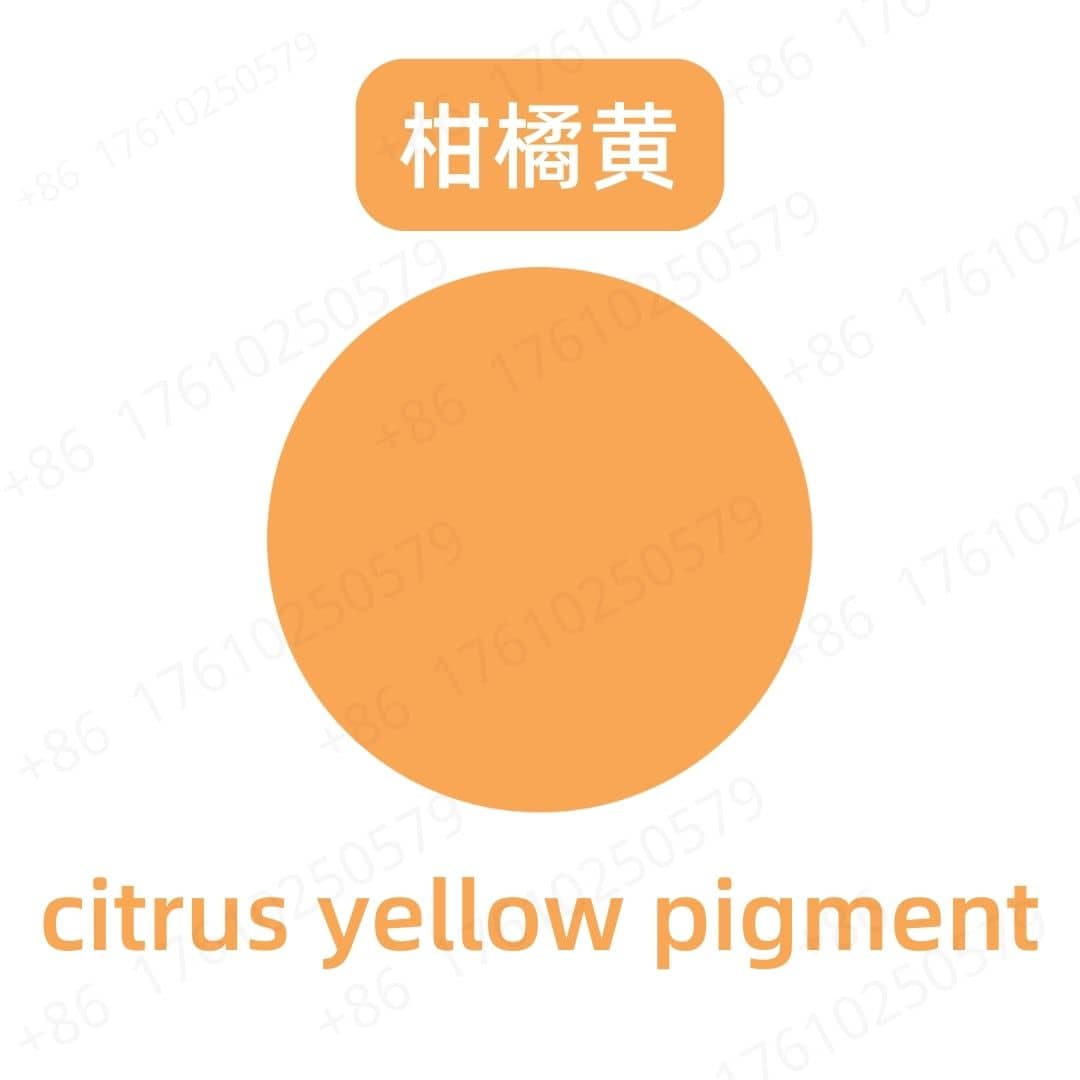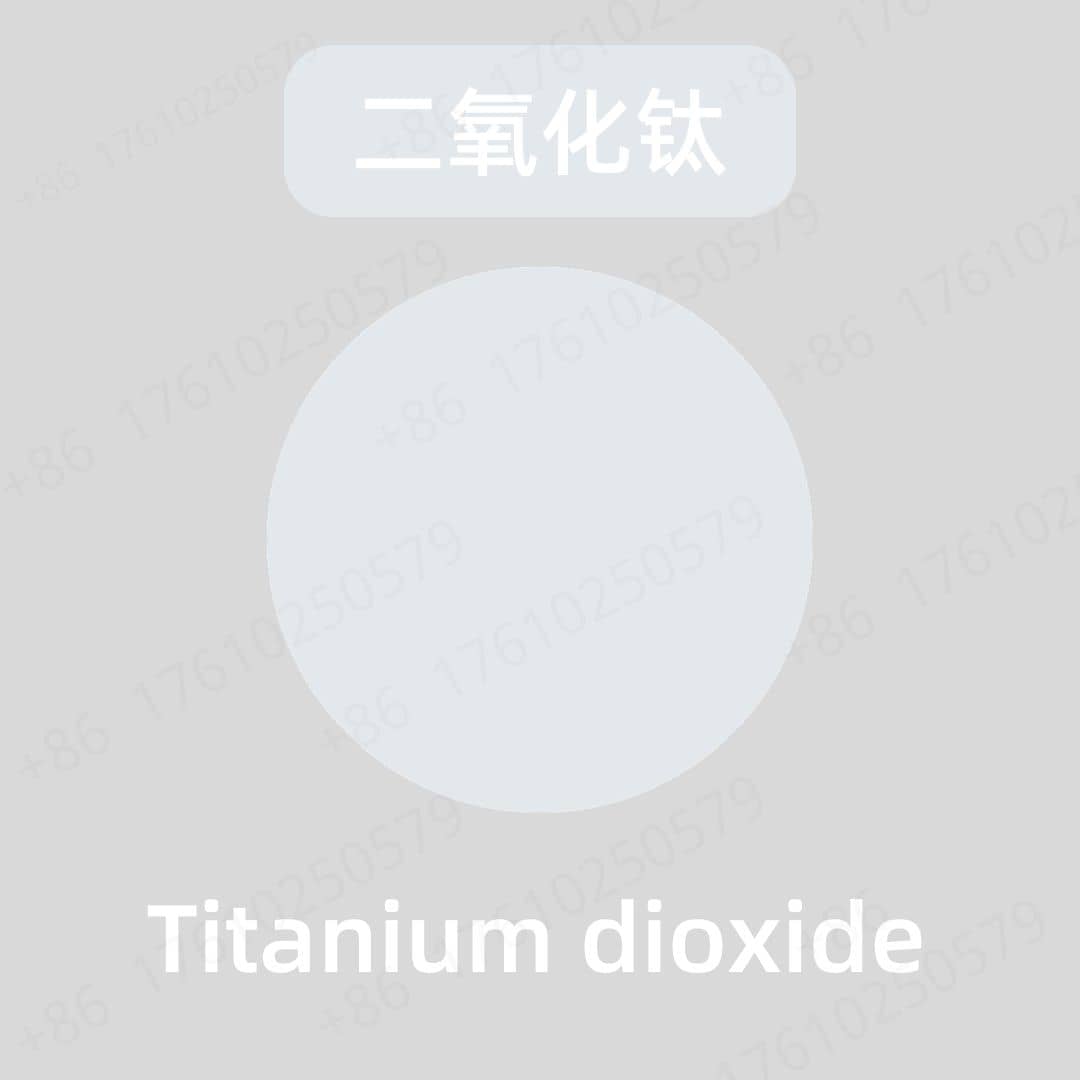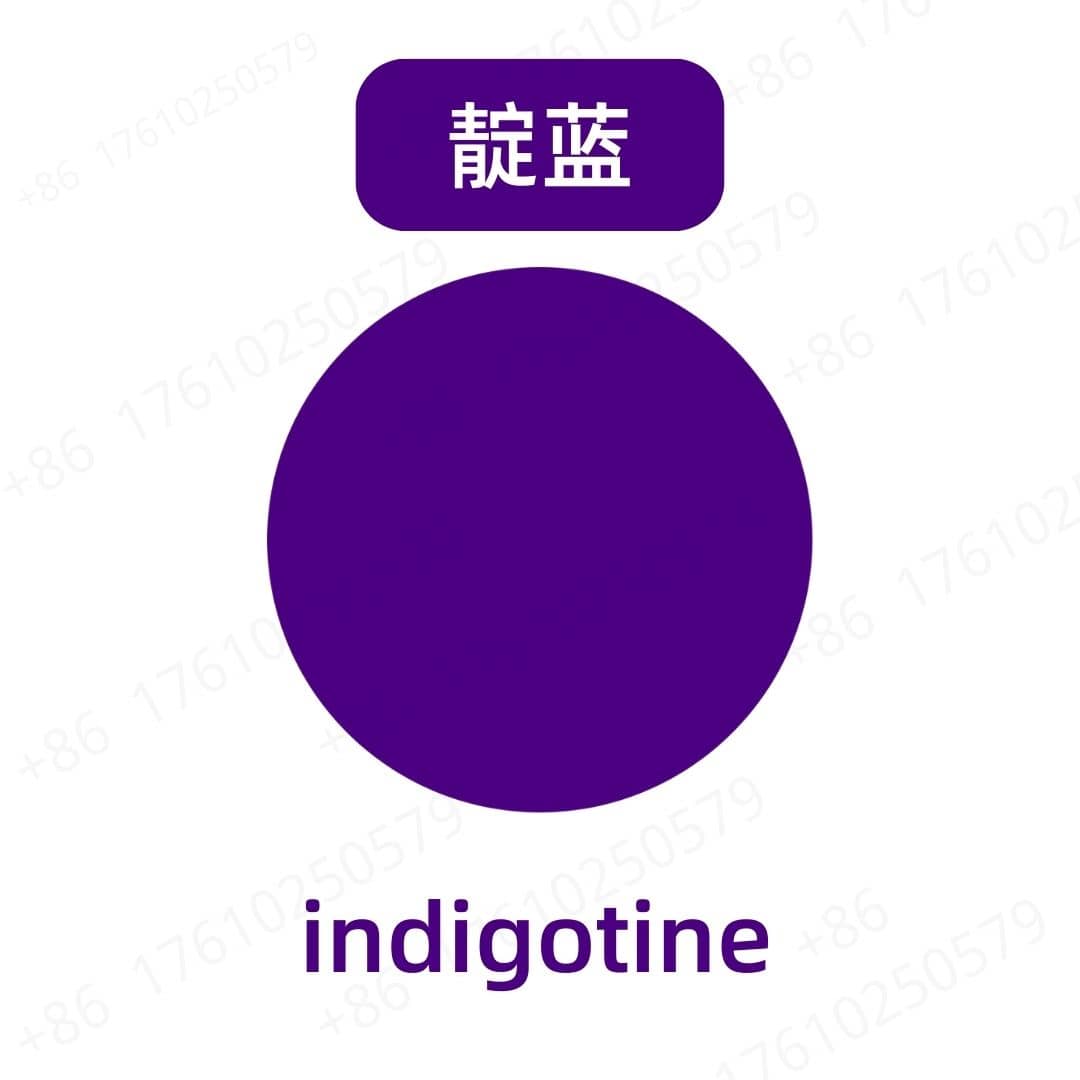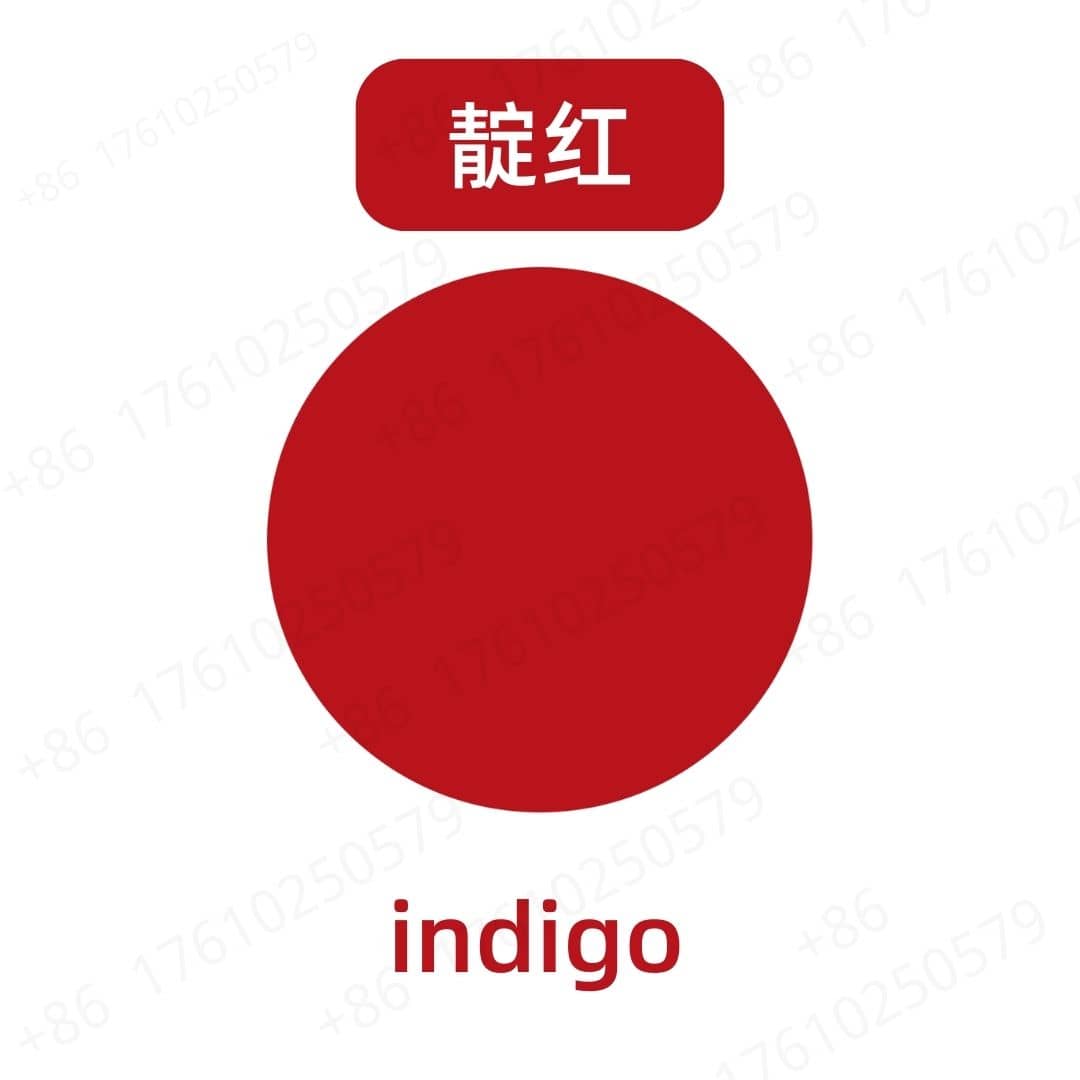Product Introduction
Blackcurrant red pigment is a natural, water-soluble colorant obtained from the edible berries of the blackcurrant plant, Ribes nigrum. The vibrant color is due to a high concentration of anthocyanins, which are a class of flavonoid pigments. The principal anthocyanins found in blackcurrants are delphinidin-3-rutinoside and cyanidin-3-rutinoside. Like other anthocyanin-based colorants, the color expression of blackcurrant red pigment is highly dependent on pH. It exhibits a bright, stable, reddish-pink hue in highly acidic environments (pH 3-4), which gradually shifts to a deeper, more purplish-red or violet as the pH increases toward neutral. This characteristic, combined with its natural origin, makes it a popular choice for clean-label food and beverage formulations.
Production Process
The manufacturing process for blackcurrant red pigment typically begins with fresh or frozen blackcurrant fruit, or more commonly, the pomace, which is the press cake remaining after juice extraction. This pomace is a rich source of the pigments located in the fruit's skin. The anthocyanins are extracted from this raw material using a food-grade solvent, usually a slightly acidified water or ethanol solution, which helps to solubilize and stabilize the pigments.
Once the extraction is complete, the liquid extract is separated from the solid plant material through filtration or centrifugation. The resulting crude extract contains pigments, sugars, acids, and other soluble solids. To increase the pigment concentration and purity, the extract is often refined using techniques like ultrafiltration or adsorption column chromatography, which selectively remove the non-color components. The purified liquid is then concentrated under vacuum to remove the solvent. The final product can be standardized and sold as a liquid concentrate or converted into a powder via spray drying, a process that involves atomizing the concentrate into a hot air chamber, often with a carrier like maltodextrin, to produce a stable, soluble powder.
Application Scenarios
Blackcurrant red pigment is widely utilized in the food and beverage industry as a natural colorant. Its stability and bright red color in acidic conditions make it particularly well-suited for beverages. It is commonly used in fruit juices, carbonated drinks, cordials, and powdered drink mixes to provide a natural-looking red or berry shade.
In the confectionery sector, it is used to color products such as hard candies, gummies, jellies, and fruit chews. It provides a reliable alternative to synthetic red dyes, appealing to consumers seeking natural ingredients.
The pigment is also popular in dairy products. In fruit yogurts, ice creams, and sorbets, it imparts a characteristic purplish-red hue that consumers associate with blackcurrant or mixed berry flavors. The color can also be used in fruit preparations and variegates that are swirled into dairy desserts.
Other applications include coloring for jams and preserves, where it enhances the product's natural fruit color, as well as in bakery fillings and icings, and certain types of desserts and sauces.
Packaging and Storage
【Storage Conditions】Store in a sealed, light-proof container, away from high temperatures, in a dry, cool, and well-ventilated place.
【Packaging】Bulk: 25kg/fiber drum; Sample: 1kg/aluminum foil bag; Custom packaging available upon request.
【Shipping Methods】FedEx, DHL, dedicated logistics, and sea freight consolidation.
【Shelf Life】Two years
Monica Sun possesses extensive technical expertise and market insights in the food additives industry. She excels in designing efficient and safe additive formulations tailored to various food applications, ranging from sweeteners to functional dietary fibers. Monica has successfully assisted food manufacturers in optimizing ingredient combinations to enhance product quality and improve consumer satisfaction.









